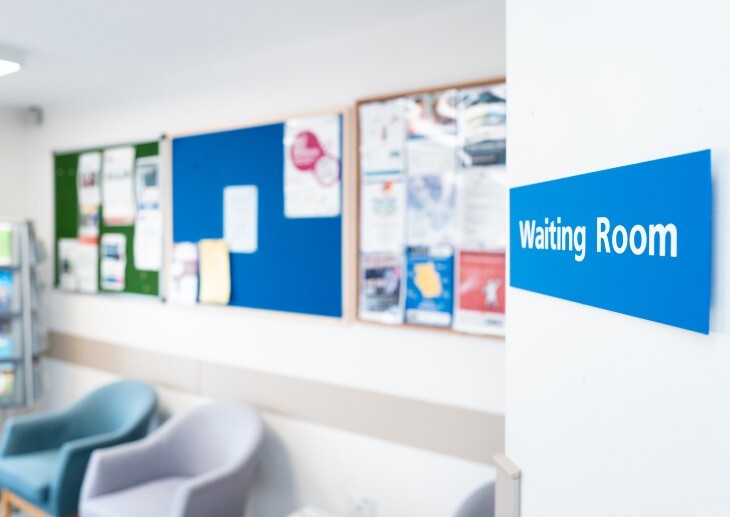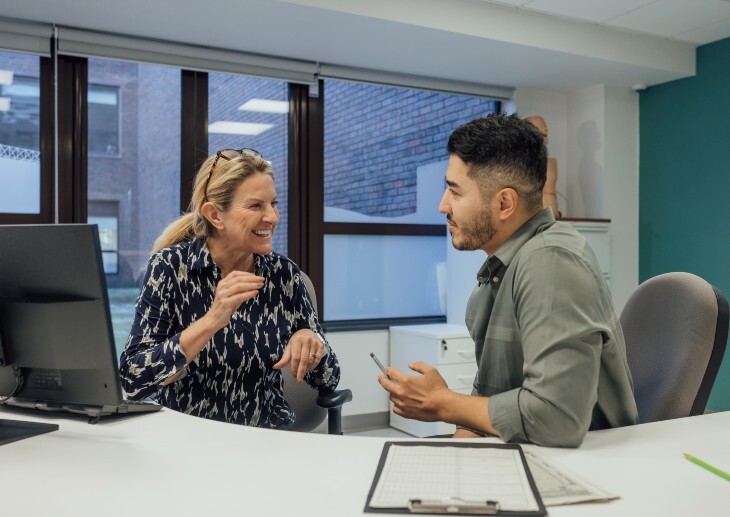When establishing a programme to change the way clinical services are delivered to patients, the starting point is often a very long list of questions with relatively few answers.
As the NHS gears itself up to delivering the Five Year Forward View, the way in which different local health economies are able to address the competing demands typical of major service reconfiguration, will undoubtedly shape the pace at which service change is delivered.
When establishing a programme to change the way clinical services are delivered to patients, the starting point is often a very long list of questions with relatively few answers.
As the NHS gears itself up to delivering the Five Year Forward View, the way in which different local health economies are able to address the competing demands typical of major service reconfiguration, will undoubtedly shape the pace at which service change is delivered.
So what can we learn from existing programmes? In talking to commissioners and programme leaders throughout England, two axes feature in almost all programme design decisions.
The vertical axis is between detail and alignment. It is easier to achieve alignment if the Case for Change or the clinical model is described in the broadest of terms. Perhaps not surprisingly, it becomes more challenging to achieve consensus as greater detail is developed through activities such as patient flows, service specifications or equality impact assessments.
When designing a programme, there is often benefit in separately describing the need for change versus the potential model of care. Once local health economies are able to articulate a need, it provides a single point of reference from which other areas of detail can be driven.
The horizontal axis considers the need to create pace and momentum within the programme, while also engaging with a breadth of patients, citizens and stakeholders. In the initial stages, programmes often lack the resources or the clarity to deliver both pace and engagement, therefore a balance needs to be struck in terms of resources used to address these two areas.
So can the way resources are structured support successful programme development?
Developing a small core team that is wholly responsible for the delivery of the programme can help to balance competing needs for pace and engagement. Where there is a need for specialist support or additional resources, the core team can draw on additional internal resources or third party support as required.
By creating a small core team, the programme is more able to rapidly move between driving pace and momentum (where key milestones in the programme need to be met) to focusing upon the wider engagement and stakeholder management. However, careful consideration needs to be given not only to the amount of resource but where it is sourced from – where the programme team is resourced from current staff, the challenge can be not only fitting the necessary time into a working day but also finding the team with the right skill mix. There is no ‘one size fits all’ solution here – but careful consideration of the skills required and an honest analysis of where those skills can be best sourced from is key.
A service reconfiguration programme should gradually move from a focus on engagement and alignment, to a focus on articulating detail, at pace across a range of domains. The experience of programmes is often very different. Programmes will move both ways across both axes, sometimes quite dramatically. To manage this dynamic, programmes require a leadership team who not only have a strong sense of the ‘what?’ but also of the ‘how?’This will be crucial to engaging clinical teams, who will wish to understand the implications for their service delivery and the potential wider impact.
Understanding and anticipating the four competing demands of pace, engagement, alignment and detail will become increasingly important as local health economies look to reconfiguration programmes to tackle future health priorities.
NHS Arden & GEM CSU and NHS IQ are running a series of three ‘Navigating Essential Change’ Webinars. The series considers some of the key questions that need to be answered when thinking about establishing a service reconfiguration programme.
The third and final Webinar takes place on Wednesday 4th February 2015 at 10am and will focus on Governance of a Reconfiguration Programme. To take part, email: [email protected]. To listen to previous webinars, visit www.ardencsu.nhs.uk/media-centre/webinars/





